How construction can go green
Greenheart is one of the UK’s leading designers and builders of sustainable homes.
On World Environment Day we asked them how construction can embrace a truly sustainable future.
The people behind Greenheart, a Bristol-based firm specialising in sustainable homes, are a diverse bunch, but have the same vision.
They say Greenheart is part of something much bigger than your typical 9-to-5. It’s a meeting of minds between colleagues who have a shared goal of transforming standards in the construction industry to make a better future for all.
“We’re all builders first and foremost,” says Tom Morris, site manager and senior carpenter with Greenheart. “We’re not motivated by money and none of us come from a business background. We’re trying to do something positive.”
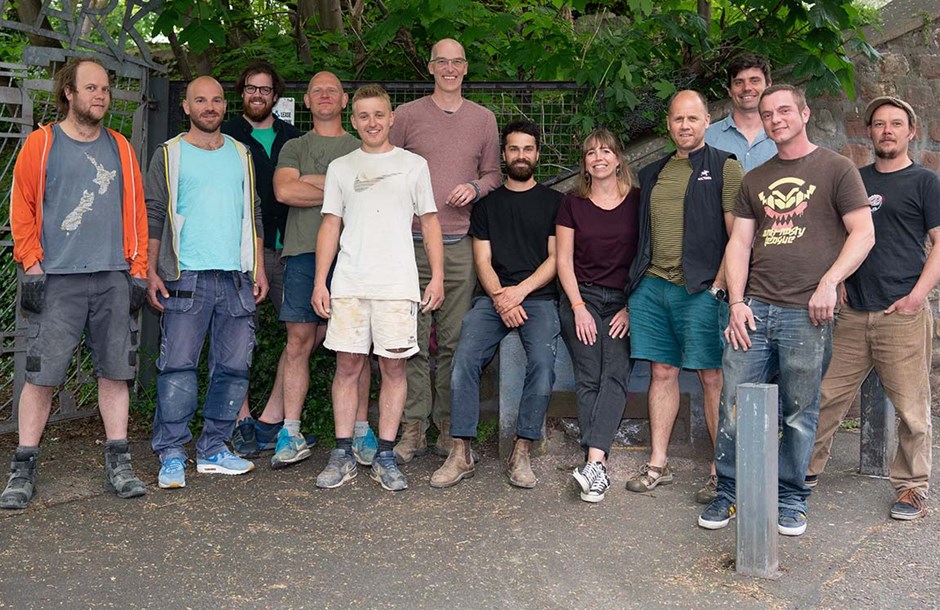
Sustainability at the heart of construction
“Sustainability is at the centre of everything we do,” says Henry Duncan, director and design manager at the firm.
“It’s in how we design our homes, the materials we choose, and the way we build. It’s how we’re always searching for new ideas to be even better, to make our buildings more efficient using fewer resources.
“And just as importantly, it’s also how we treat people, each other, our clients, even our competitors. It’s about being a valuable part of the community.”
Time to clean up
No fossil fuels need to be burnt to heat a well-built home.
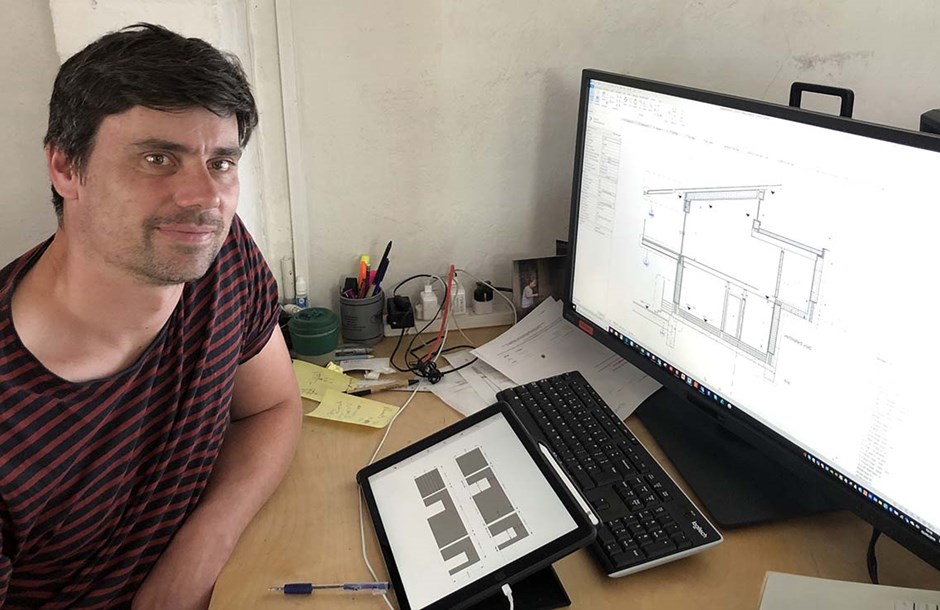
The climate crisis is a challenge for the construction industry.
Globally, construction is a big polluter. It’s responsible for up to 40% of greenhouse gas emissions and solid waste production. It uses up to 40% of total energy and 30% of the planet’s raw materials. But it doesn’t have to be like this.
“With good design, a well-insulated, airtight home can be amazingly efficient, only requiring tiny amounts of energy for heat and light, which could be generated cleanly and domestically through solar power or air source heat pumps,” Henry says.
“We often use Mechanical Ventilation and Heat Recovery (MVHR) systems too. They transfer the heat from warm, stale air inside a home to the fresh air that’s drawn into a building. As much as 80% of the heat is saved. No fossil fuels need to be burnt to heat a well-built home.”
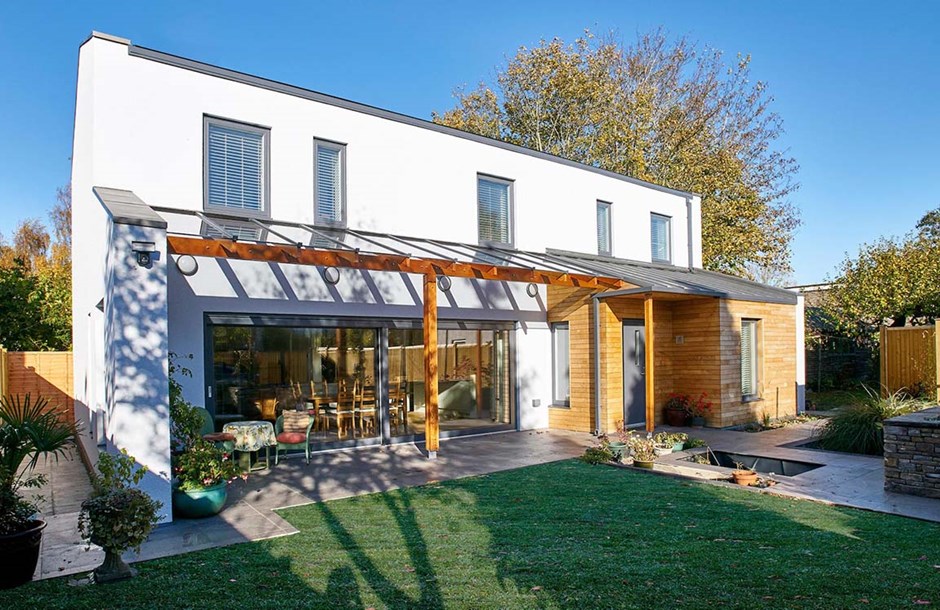
Waste not…
The materials used are crucial too. “We want to capture carbon in the fabric of the building, not produce more carbon and more pollution,” Alastair Scott says, Greenheart director and project manager.
“This means focusing on natural materials, especially timber and waste products, wherever we can.
“Older trees store more carbon than younger ones, but many builders often use fast-growing pine, which is comparatively high carbon.
“We prefer off-cuts, chippings, and OSB (oriented strand board), which is made from waste materials. Our insulation comes from recycled newspaper and wood fibre.
“Our aim is to go beyond being carbon neutral, but make homes that actually remove more carbon than they produce.
“We’re also thinking about the entire lifecycle of a building. We don’t want future generations to be left with problems we created. Sustainability requires responsibility from the beginning to the end of a building’s life.”
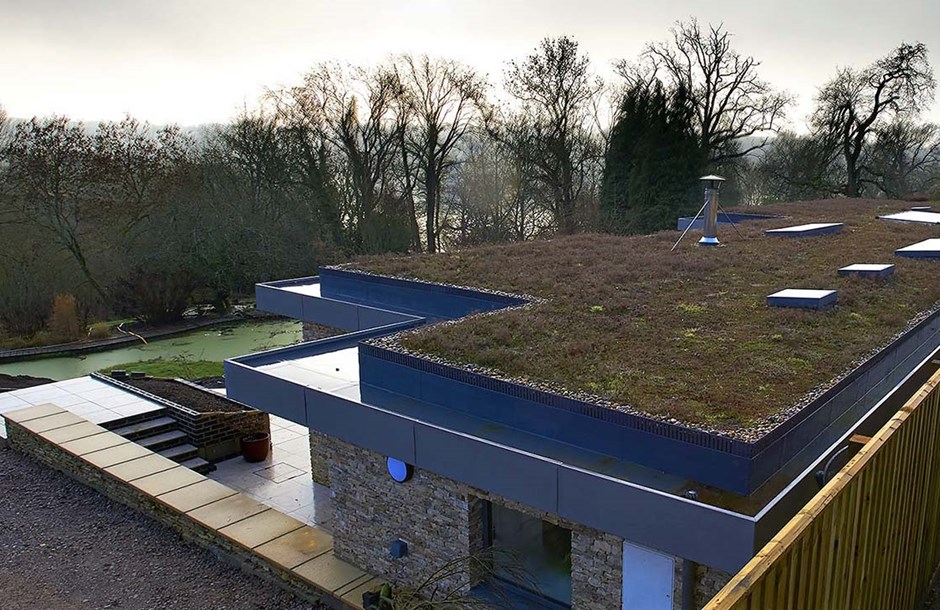
Spreading the word
“You might come up with the greatest designs for a sustainable home,” says Richard Hatfield, director and project manager. “But if your builders aren’t on board, if they aren’t willing to use new materials, or don’t have the skills to make a low-energy building, then it’s not going to work.”
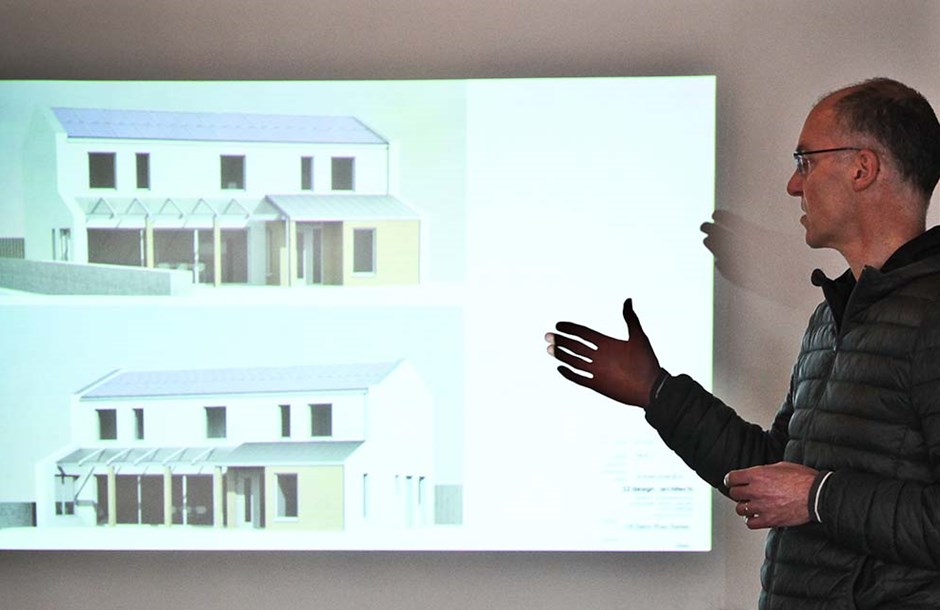
“So we’re doing what we can to spread the word. We work with The Green Register to provide Futureproof training for builders. We share our knowledge to give local builders the skills they need to be more sustainable.”
Getting it right
“I was a bricklayer and stonemason originally, before I joined Greenheart” says Finn Storhaug, director and construction manager. “There can be a lot of waste on a typical site, particularly using concrete.
“It could all be a bit slapdash. If a build isn’t done carefully, there’s not only wastage – the building doesn’t work as well as it should.
“Doing things to a high standard means less waste and higher efficiency. Sustainability demands work of a high quality.”
We’re not making a secret of how to build sustainably. The more who know how, the better.
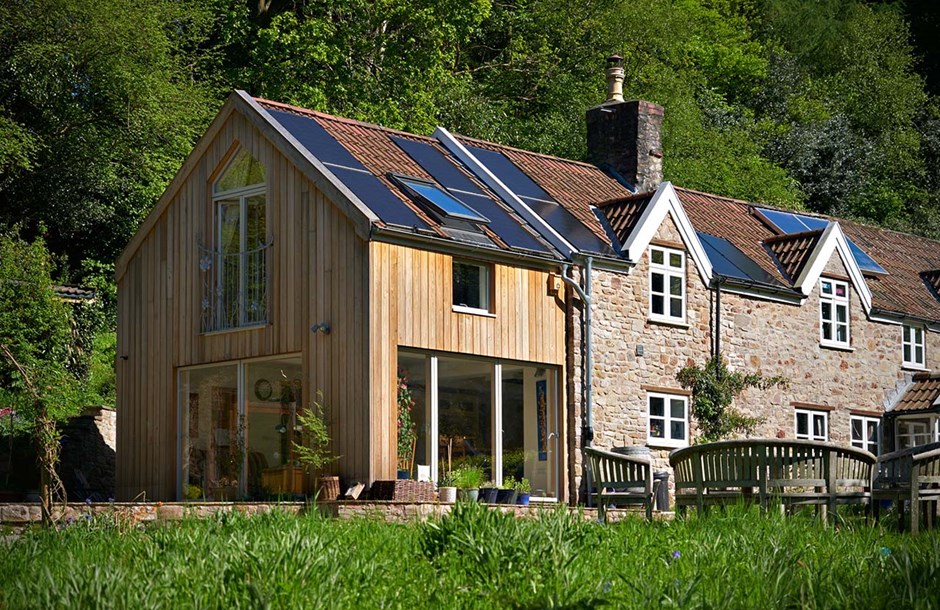
Better housing, happier communities
“The fact that our work is still considered by some to be ‘niche’ is frustrating,” says Alastair.
“Many new homes built in the UK don’t perform well and aren’t fit for a zero carbon economy.
“It means that the least well off will have the biggest bills to pay because of the poor fabric and quality of their homes.”
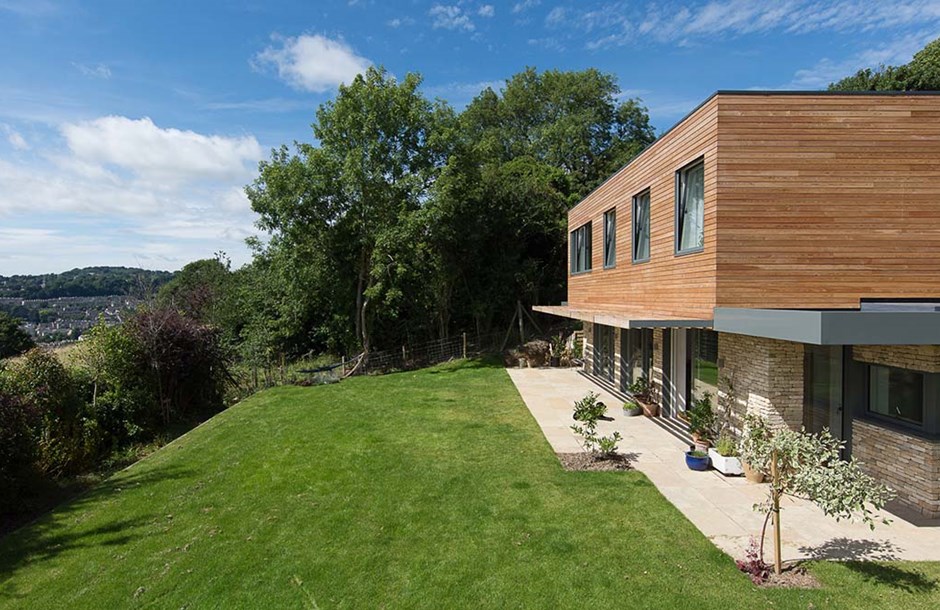
A great time to get into construction
“We’re on the cusp of huge change in the industry,” Richard says.
“People are becoming more aware of what’s possible. They want better, greener, more sustainable buildings.
“We have enquiries every week to build new homes. As a small, regional firm, we currently build 4 to 5 new homes a year, so there's clearly room for expansion.
“Lots of people want good builders who can do our kind of buildings. The demand is there; we just need builders with the right skills and knowledge. That’s why we we’re trying to get our knowledge out there.
“We also need more UK firms to make products for sustainable buildings. We’re behind other countries on this and it’s expensive to import things from abroad. There’s a gap for homegrown products – and it’s more sustainable to source locally too.”
We’re championing sustainable techniques and materials, because the UK needs housing of a good quality, and the environment needs sustainable construction.
Get into sustainable construction!
It’s clearly an exciting time for the next generation to take sustainability in construction to the next level.
“Be interested, be enthusiastic, and whatever trade you’re doing, take pride in it,” Henry says, while Richard adds, “Show initiative and desire and you’ll go far!”
“I was a labourer for a bit, then I started a café, which was challenging to run on my own," says Tom. “I went back to building and developed a range of skills, including carpentry and electrics.
“It was brilliant to join Greenheart, to be with likeminded people with shared values. We look after each other and we help each other to achieve common goals.
“We all love what we do and we want to do it as well as we can. We pass on that happiness to everyone we work with and for!”
Why not see if you can spread some happiness in construction too?
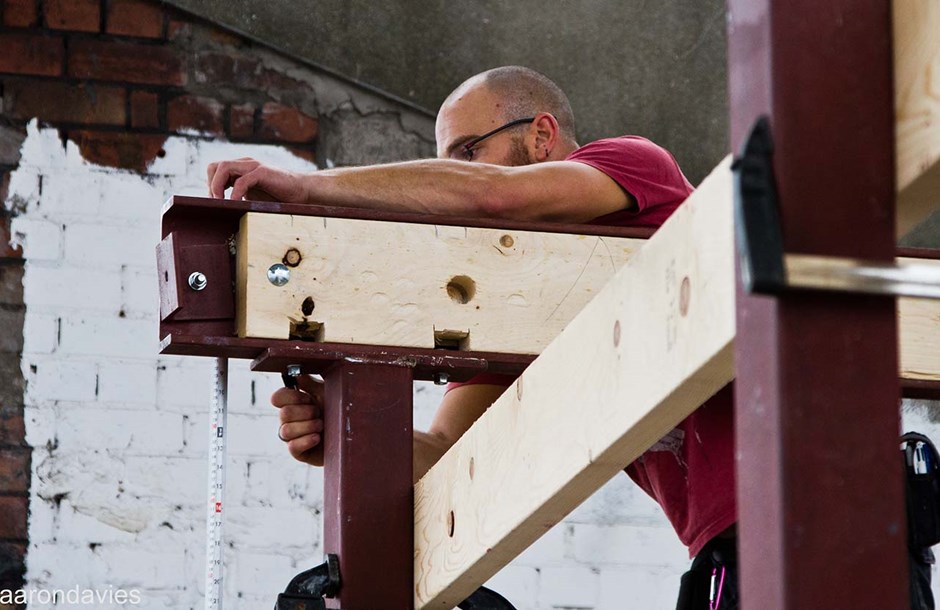
Image credit: Aaron Davies
Could you work in construction?
With so many careers and opportunities in construction, there is something for everyone. Discover what might work for you.
